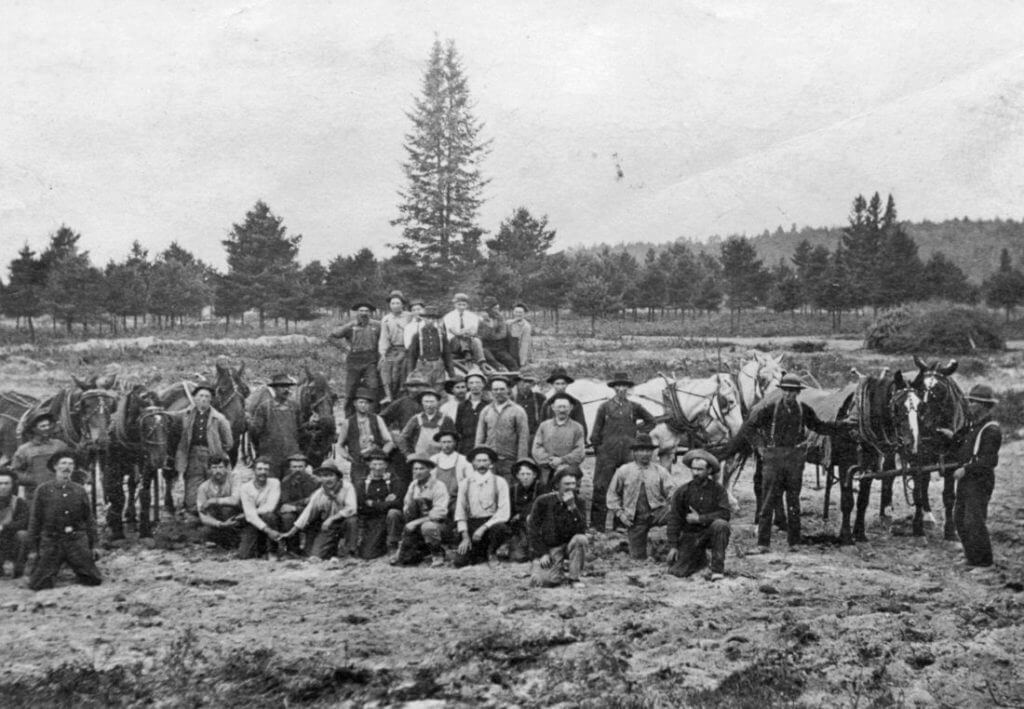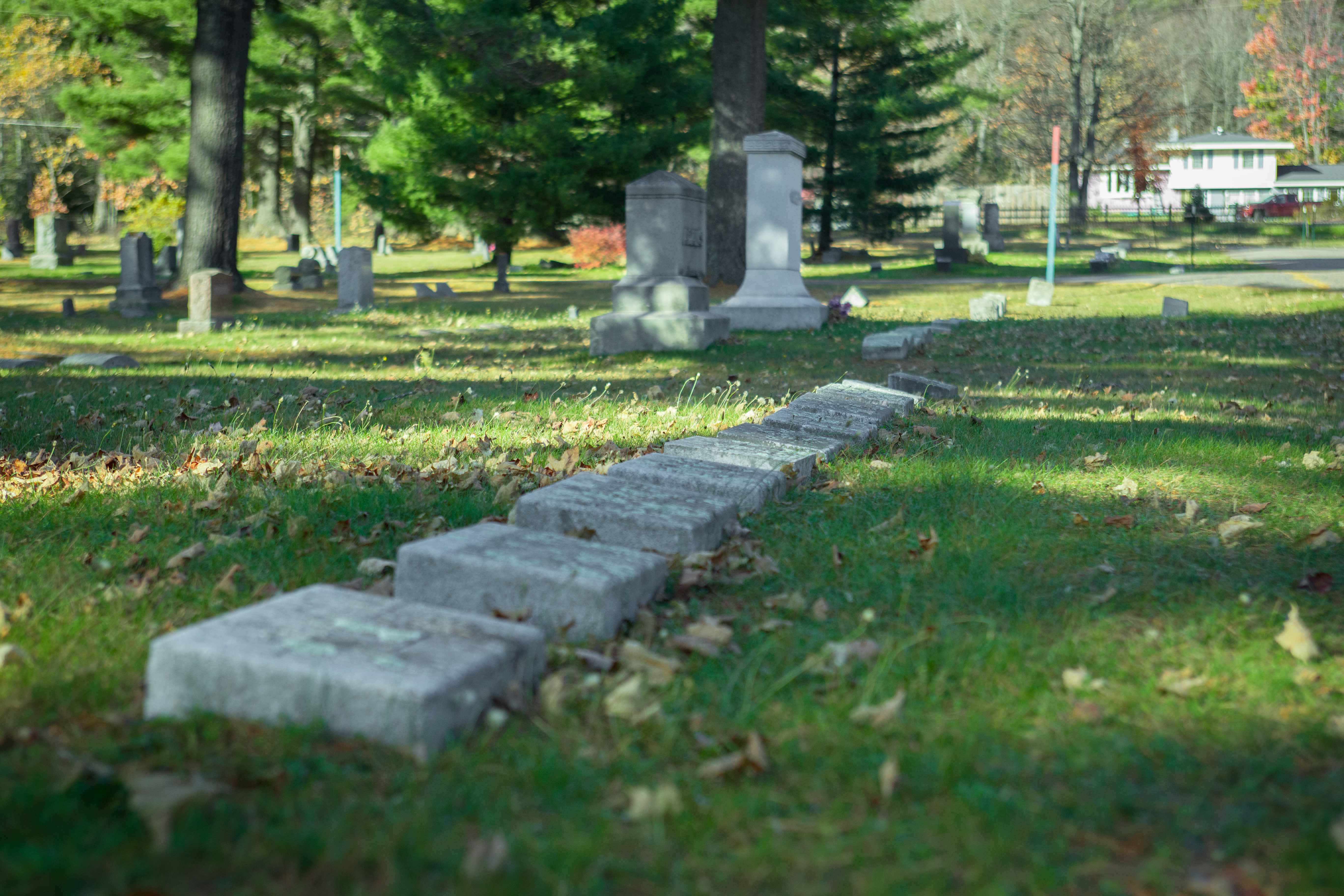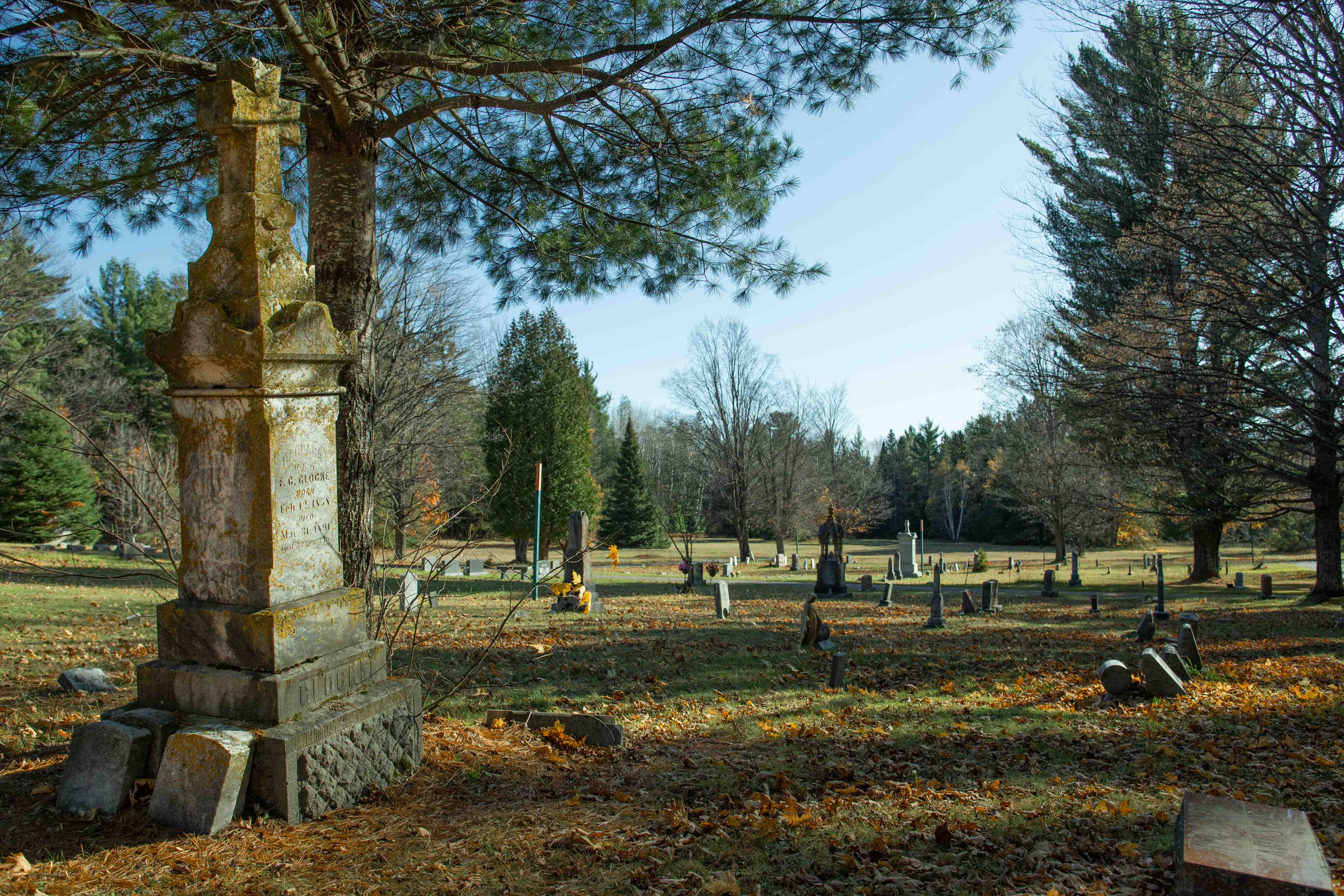Cities of the dead uprooted, May 17, 2017, Superior History, Rosemary Michelin, Marquette Regional History Center

MARQUETTE — Memorial Day, formerly known as Decoration Day, is soon approaching-a day to remember deceased loved ones and to visit their quiet final resting place in area cemeteries. As the mining towns of Ishpeming and Negaunee were expanding in the early 1900’s, it was necessary to move their original cemeteries to new locations due to overcrowding, danger of land caving in, or because of land acquisition by mining companies.
In Negaunee the cemetery was moved twice. According to an interview with Negaunee pioneer Medard Gauthier in 1910, the first cemetery was located on the corner of Case Street and Brown Avenue and was used for about 10 years. Gauthier felt that the first burial was probably before 1860. Then in the late 1870’s Sidney Adams donated land to the city and St. Paul’s Catholic Church for a new cemetery east of town on the south side of Prince Street, near the Marquette, Houghton and Ontonagon Railroad. For the next 30 years the deceased of Negaunee were buried there, either in the Catholic or the city lots.
Meanwhile, Cleveland Cliffs Iron Company developed the Negaunee Mine in 1887 and later the Maas Mine in 1902 on either side of the cemetery. Both mines harvested ore using the top slicing and caving method. In 1909 the company petitioned the city to grant them mineral rights to the cemetery land. A search was made for suitable burial land and soon C.C.I. purchased the 40 acre Donald McDonald farm on the main highway between Negaunee and Eagle Mills.
This would be the third burial site. The deed was turned over to the city of Negaunee along with more acres east of the farm for the purpose of creating the new cemetery, a total of 110 acres. Cleveland Cliffs Iron Co. agreed to take on all costs of developing the site and moving all bodies and tombstones for the exchange of the minerals rights on the old site.
The new cemetery provided more space and an ample water supply at the Carp River, but would require clearing of some white pine trees and shrubs. The cemetery was divided into two parts equally with the Roman Catholic burials on the East and the city burials on the West. With blocks and lots platted the site would be able to accommodate over 35,000 burials.

By May 1910, C.C.I. had hired 15 men to lay out the grounds, clear land, establish roads, and install fences. They were supervised by civil engineer Ray Brotherton. Improvements continued all summer. Removal of bodies had to wait until fall as a law prohibited the removal of bodies from one cemetery to another during the warm summer months. A road was constructed 20 feet from the west end of the cemetery to the Marketty farm north of the cemetery (site of Michigan Iron Industry Museum).

In the fall 1910, city employees Thomas Wells and Dan Shea encouraged citizens to visit the old site and arrange to transfer their families to the new cemetery. A.C. Seass, owner of the Breitung Hotel, secured the first deed in the city cemetery and Edward St. Julian was the first to secure a deed for lots in the Catholic portion. It was reported that people stood in line all day waiting their turn. By November, Charles Stensrud was given the contract to move the bodies. The old grounds were carefully excavated so as to not miss any graves. Many of the wooden markers and crosses had disappeared leaving nothing but a mound. Bodies were carefully transported by horse and wagon over the 2 ½ miles to the new burial site. Nameless or not, each body was given extreme care in removal.
When one grave was opened, small pieces of cloth were well preserved. The wooden coffin contained a name plate for Edward Lamprell, age 45. No birth or death dates were given, but a Mining Journal article from February 1880, verified the man was “Ned” Lamprell a middle-aged man with no family who died in an accident at the Milwaukee Mine. Lamprell was probably placed in the new Potters Field, with 3,000 others, those un-named or with no living descendants. Mr. Stensrud suspended operations with his work crews over the winter months, after already moving 2,000 bodies.
By May 1911, all remains had been transferred, over 6,000 bodies. A special ceremony was held on Decoration Day to dedicate the third cemetery. Today there are over 18,000 people buried in the Negaunee Cemetery. Although 24 huge white pine trees were uprooted in the recent wind storm, luckily no tombstones were damaged and the residents of Negaunee can rest assured that the cemetery has adequate space and their loved ones will never be uprooted again.
Back at the old cemetery, iron ore was extracted and the Negaunee and Maas Mines were eventually connected by a long drift. Today hills, valleys, rock piles and water filled pits remain.